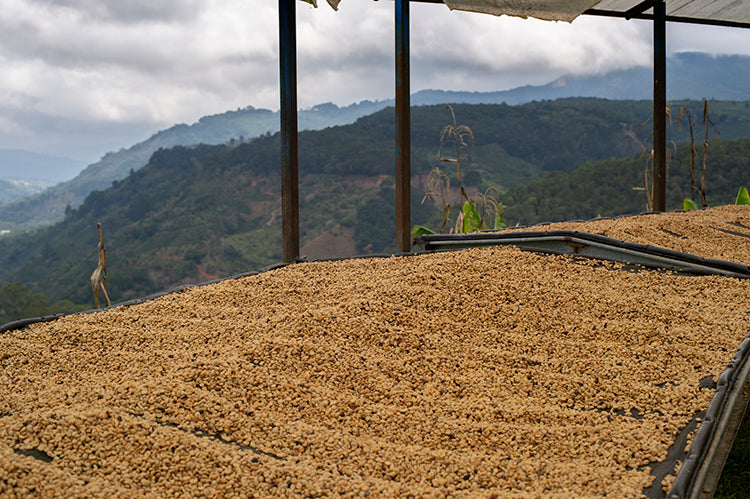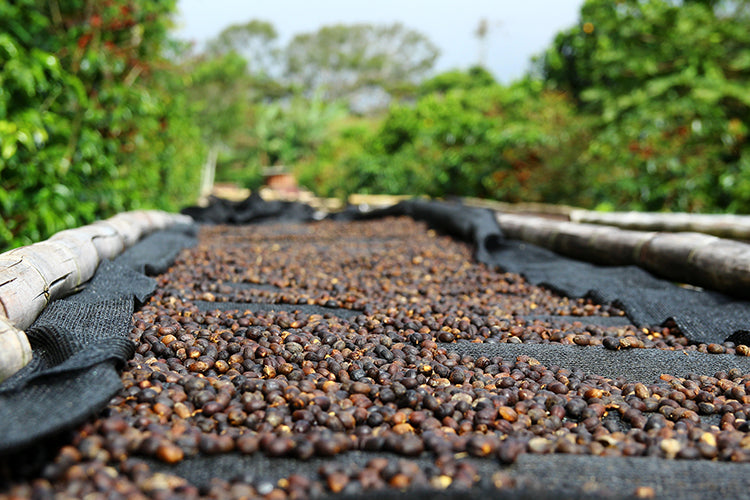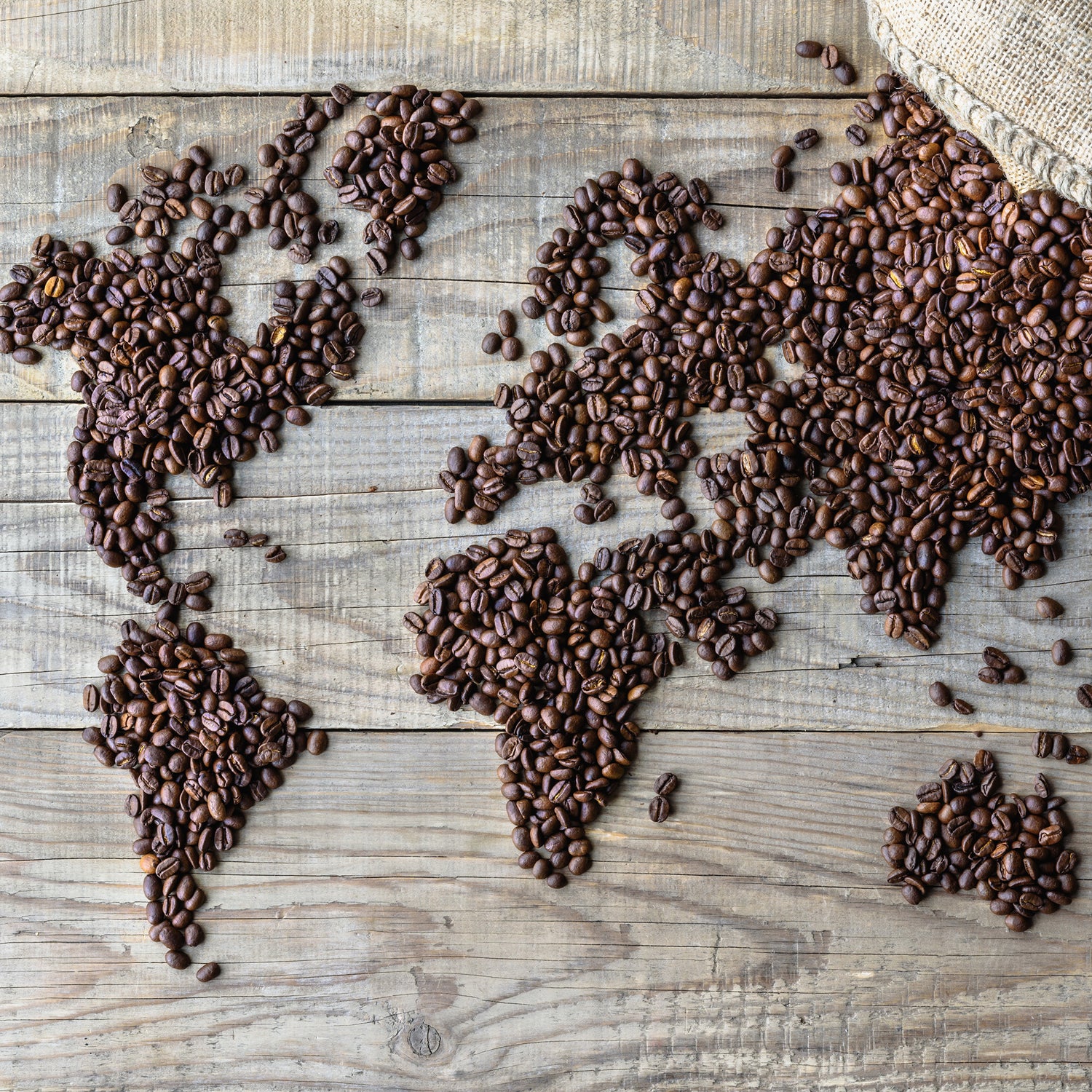Coffee is more than just a beverage; it's an experience that begins with the beans themselves. The process by which coffee beans are cultivated and processed significantly influences the flavour, aroma, and characteristics of the final cup. The two main processing methods in the coffee world are washed and natural processing. In this article, we will explore the nuances of each method and understand how they shape the flavour of coffee.
Washed Coffee Beans

Washed coffee, also known as wet-processed or fully washed coffee, is a method that involves meticulous attention to detail from harvest to drying. The process begins with selective picking of ripe coffee cherries. These cherries are then pulped to remove the outer skin, leaving the beans surrounded by mucilage, a sticky, sugary substance.
The next step is fermentation, where the beans are left to soak in water for a period, typically 12 to 36 hours. During this time, enzymes break down the remaining mucilage. After fermentation, the beans are thoroughly washed again to remove any residue. Finally, the washed beans are spread out to dry under the sun or using mechanical dryers.
Characteristics of Washed Coffee:
- Clean and Bright Flavor Profile: Washed coffee tends to have a cleaner taste with bright acidity. The removal of mucilage during fermentation results in a cup that highlights the inherent qualities of the coffee bean itself.
- Clarity of Origin: Washed processing allows the distinct characteristics of the coffee's origin to shine through. The terroir, or the environmental factors where the coffee is grown, is more apparent in washed beans.
- Consistency: This method provides a more consistent flavor profile, making it favored by many specialty coffee producers aiming for a reliable and predictable product.
Natural Processed Coffee Beans:

Natural processing, also known as dry processing, takes a different approach. Instead of removing the mucilage immediately after pulping, the whole cherry is laid out in the sun to dry. The drying process can take several weeks, during which the cherries ferment naturally.
Once the cherries are completely dried, they are mechanically or manually hulled to reveal the coffee beans. This method allows the beans to absorb the sugars and fruity flavors from the surrounding pulp during the extended drying period.
Characteristics of Natural Processed Coffee:
- Full-Bodied and Fruity: Natural processed coffee often exhibits a full-bodied mouthfeel with pronounced fruity and wine-like flavors. The extended contact with the fruit pulp contributes to a unique sweetness.
- Complexity and Unpredictability: The natural process introduces a level of unpredictability to the final cup. Factors such as weather conditions during drying can influence the flavor, making each batch distinct and full of character.
- Intensity of Origin: While the terroir is still present in natural processed beans, the fruity and exotic notes might sometimes overshadow the original characteristics of the coffee bean.
Conclusion:
The choice between washed and natural processed beans is a matter of taste and preference. Whether you savor the clean acidity of a washed Ethiopian Yirgacheffe or indulge in the rich, fruity notes of a natural processed Brazilian coffee, understanding the processing techniques adds a layer of appreciation to every sip. So, the next time you savor your cup of coffee, take a moment to reflect on the journey of those beans, from the plantation to your favorite mug.


